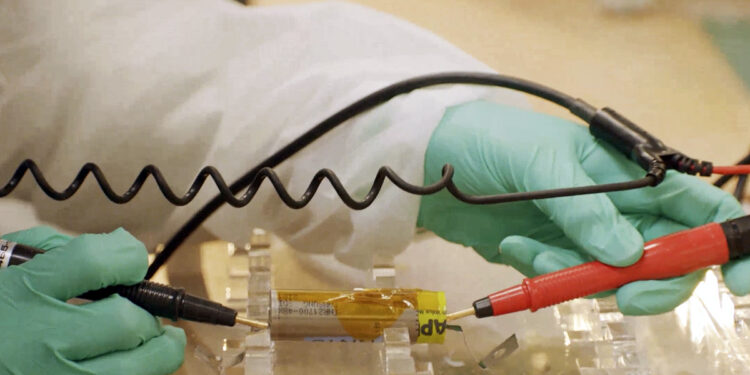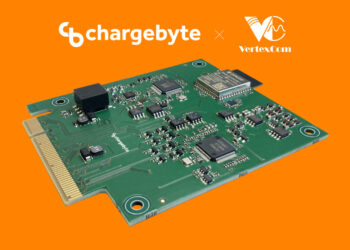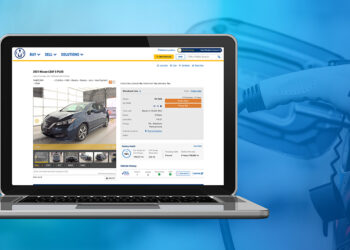Software company Eatron and Warwick Manufacturing Group at the University of Warwick, UK, have developed a new approach to evaluating an EV battery’s remaining useful life (RUL).
The VIPER (Validated & Integrated Platform for battery Remaining Useful Life) project, funded by the Faraday Institution, uses WMG’s electrochemical models and Eatron’s cloud battery management and integration expertise to provide RUL estimates that are claimed to be 90% accurate.
Eatron and WMG’s technology can be embedded in an automotive battery management system (BMS) or deployed on a cloud platform, making it suitable for fleet applications. When an automotive battery is redeployed into its second life, it can be accompanied by an accurate picture of its health in the form of a battery passport that negates the need for expensive testing and increases the breadth of its operating window.
“Unlocking the hidden capacity of a battery has the potential to increase an EV’s usable range and extend its lifetime,” said Dr Umut Genc, CEO of Eatron. “There are benefits for the used EV market, too. As a result of these highly accurate RUL estimates, buyers can have confidence in the condition of a vehicle’s battery and be reassured about its ability to perform for many years to come.”
Source: Eatron









